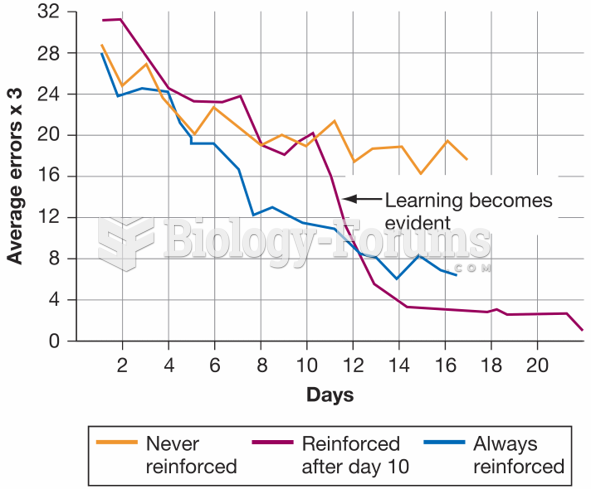Answer to Question 1
Correct Answer: 4
Rationale 1: Adapting activities would involve learning the client's beliefs, values, age, health status, and environment as factors that can affect the success of a nursing action.
Rationale 2: Encouraging clients to participate enhances their sense of independence and control.
Rationale 3: The nurse must be aware of scientific rationale, as well as possible side effects or complications of all interventions so that implementing them centers around specific knowledge and care standards.
Rationale 4: Showing the client how to avoid injury with needlesticks is part of implementing safe care.
Answer to Question 2
Correct Answer: 4
Rationale 1: In this case, the client and the spouse are not in a good frame of mind to listen to or retain any kind of teaching/learning experience and so the planned intervention should not be initiated.
Rationale 2: In this situation, the nurse does not need assistance.
Rationale 3: This is not a situation where the nurse must supervise care that has been delegated.
Rationale 4: Just before implementing an intervention, the nurse must reassess the client to make sure the intervention is still needed or to discover if there are new data that indicate a need to change the priorities of care. In this case, the client and the spouse are not in a good frame of mind to listen to or retain any kind of teaching/learning experience. Instead, the nurse reassesses the situation and implements a more appropriate intervention. In this situation, the nurse does not need assistance, nor is this a situation where the nurse must supervise care that has been delegated.







